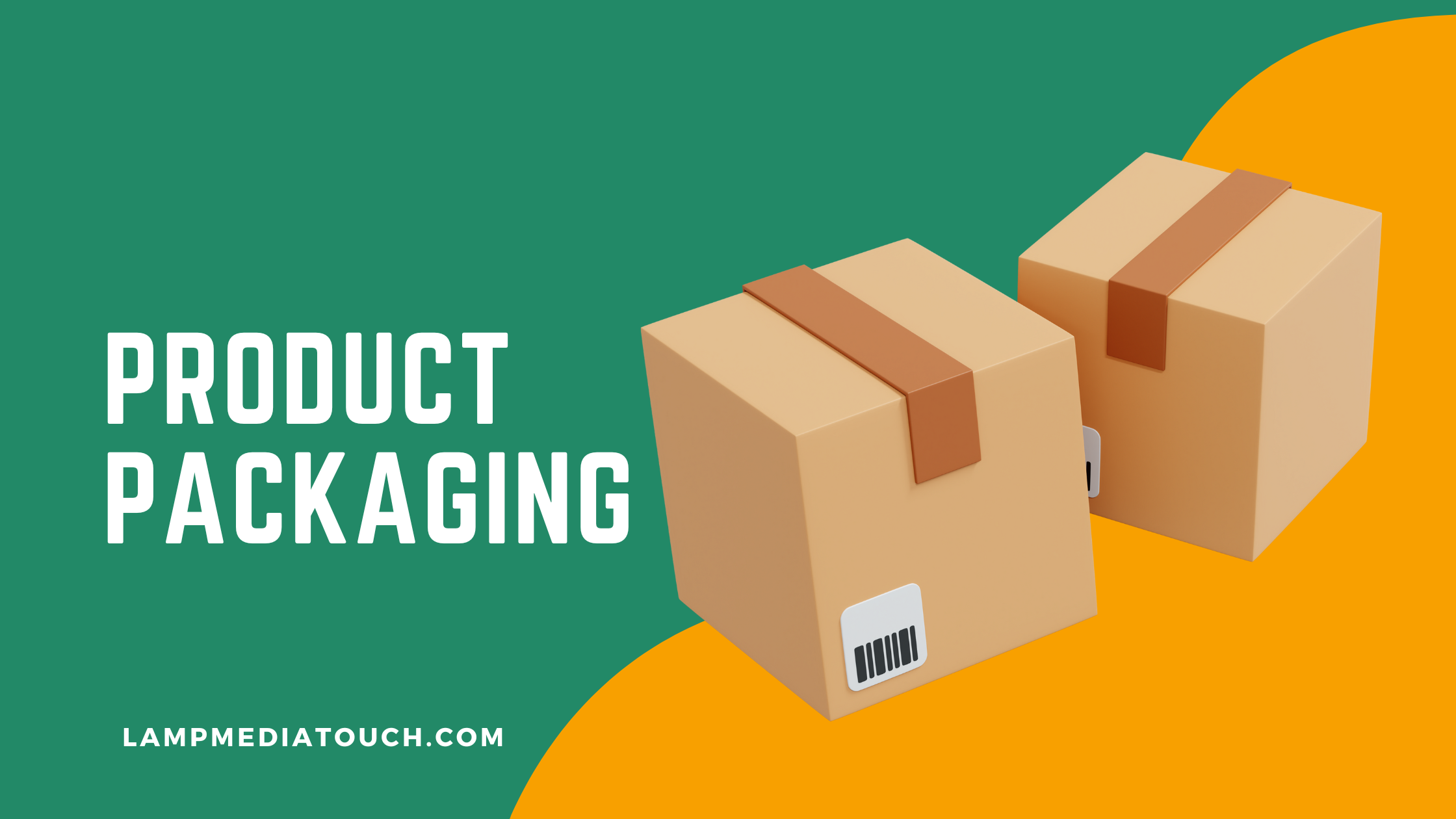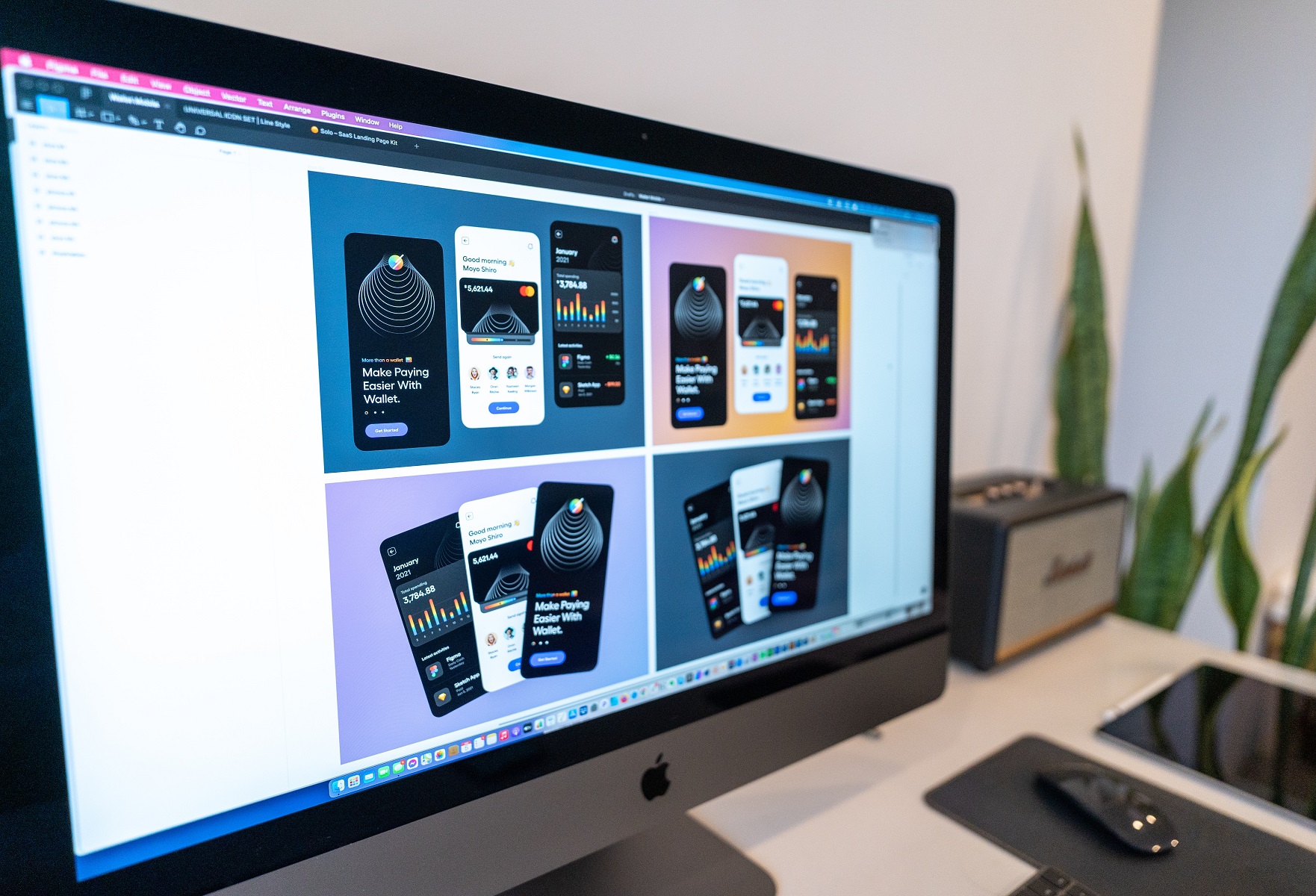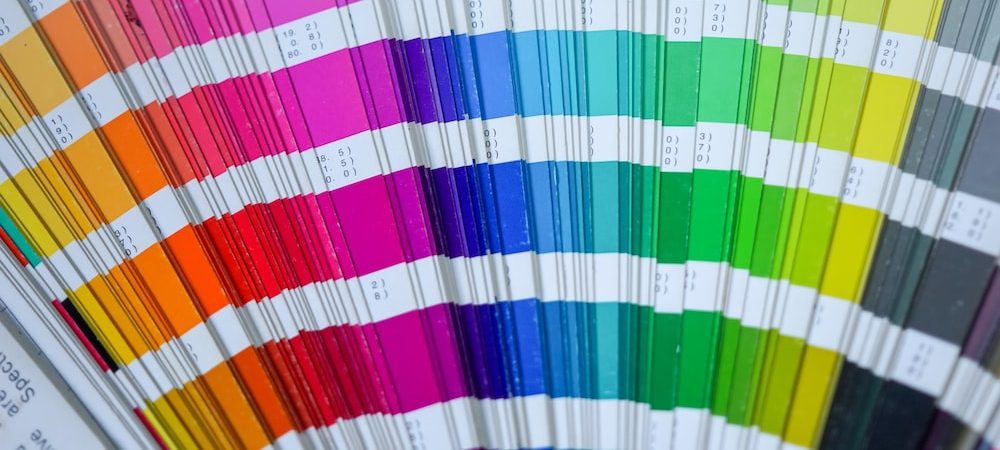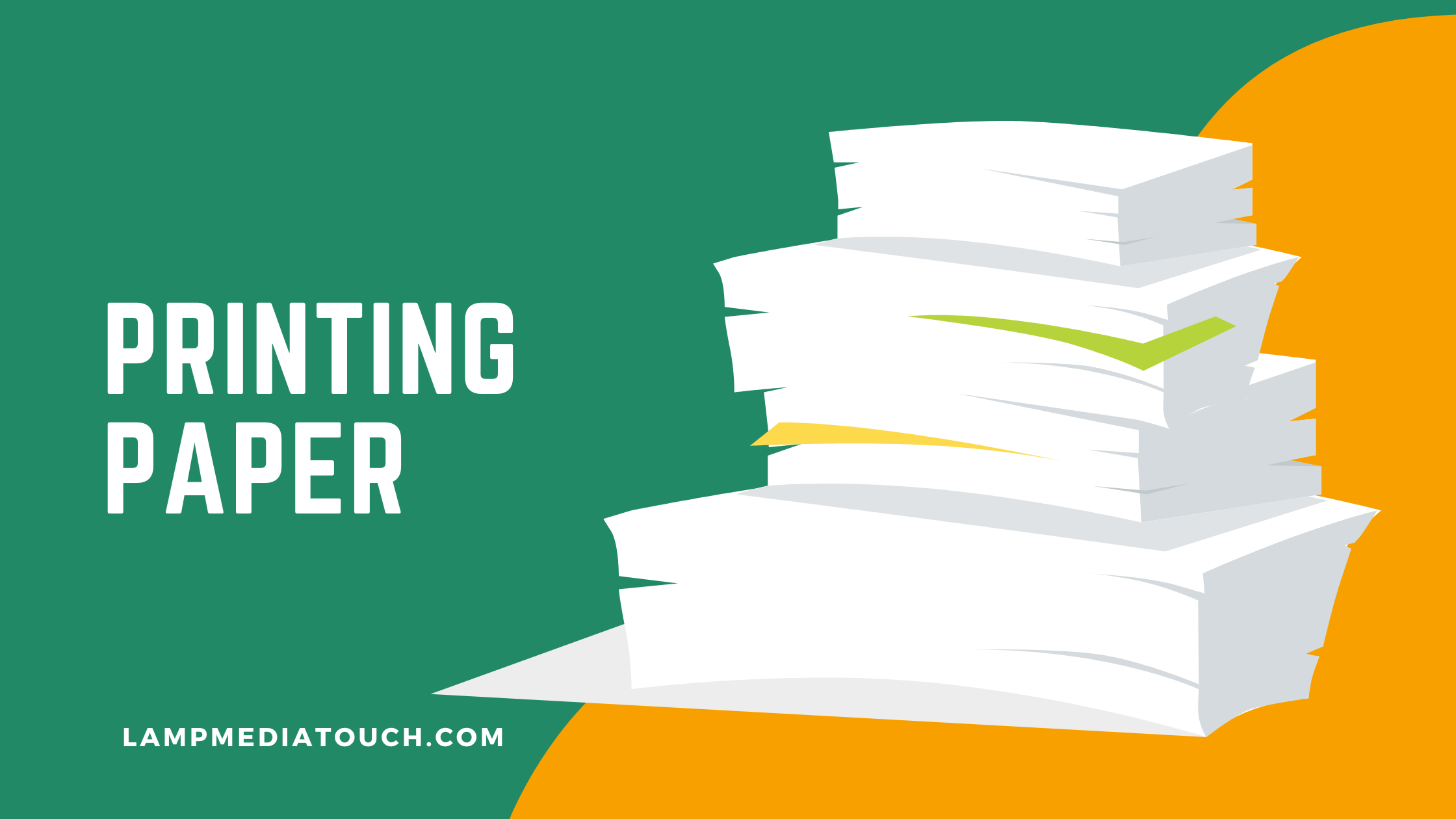Table of Contents
Product packaging is the process of designing and creating the container and wrapper for the product. It is not only a practical way to store, handle, and protect the product from external factors like sunlight, moisture, breakage, etc., but also a powerful marketing tool that can influence the consumers’ perception, preference, and purchase decision.
In this informative guide, we will explain everything you need to know about the role of packaging in product marketing, including:
- The different levels and types of product packaging
- The main functions and benefits of product packaging
- The best practices and tips for creating effective product packaging
- Some inspiring examples of product packaging design
Levels of Product Packaging
Product packaging can be classified into three levels, depending on the function and purpose of each level:

- Primary packaging:
This is the layer of packaging that directly contains the product. It is usually the smallest unit of distribution and the one that the consumer interacts with the most. For example, a bottle of shampoo, a can of soda, or a bar of soap are all primary packaging.
- Secondary packaging:
This is the layer of packaging that groups together one or more primary packages for easier handling, transportation, and storage. It also provides additional information and protection for the product. For example, a cardboard box that contains six bottles of shampoo, a plastic wrap that holds a six-pack of soda, or a paper sleeve that covers a soap bar are all secondary packaging.
- Tertiary packaging:
This is the layer of packaging that groups together secondary packages for bulk shipping and distribution. It is mainly used for logistical purposes and does not have much contact with the consumer. For example, a wooden pallet that stacks several cardboard boxes, a shrink wrap that secures a pallet load, or a shipping container that transports multiple pallets are all tertiary packaging.
Functions of Product Packaging
Product packaging serves various functions for both the seller and the buyer. Some of the main functions are:
- Protection:
Product packaging protects the product from physical damage, tampering, contamination, theft, and environmental factors during handling, transportation, storage, and display. It also helps to preserve the quality, freshness, and safety of the product until it reaches the consumer.
- Information:
Product packaging provides important information about the product, such as its name, brand, features, benefits, ingredients, instructions, warnings, expiry date, etc. It also communicates the value proposition and unique selling points of the product to attract and persuade potential buyers.
- Identification:
Product packaging helps to identify and differentiate the product from other similar products in the market. It also helps to create brand recognition and loyalty by using consistent colors, logos, fonts, images, etc. that reflect the brand identity and personality.
- Convenience:
Product packaging facilitates the convenience and ease of use of the product for both the seller and the buyer. For example, it enables efficient handling, transportation, storage, and display of the product for the seller. It also enables easy opening, closing, dispensing, consuming, and disposing of the product for the buyer.
- Promotion:
Product packaging acts as a silent salesman that promotes the product and influences the buying behavior of consumers. It attracts attention, creates interest, arouses desire, and stimulates action by using appealing design elements, such as shapes, colors, graphics, text, etc. It also enhances the perceived value and quality of the product and builds a positive image and reputation for the brand.
Types of Product Packaging
There are many types of product packaging available in the market, depending on the nature, size, shape, and weight of the product, as well as the budget, preferences, and expectations of the seller and the buyer. Some of the most common types are:
- Paper and cardboard packaging:
This is one of the most widely used types of product packaging because it is versatile, lightweight, durable, recyclable, and cost-effective. It can be used for primary, secondary, or tertiary packaging, and can be customized in various ways, such as folding, cutting, printing, coating, etc. Some examples are boxes, cartons, bags, envelopes, tubes, etc.
- Plastic packaging:
This is another popular type of product packaging because it is flexible, strong, waterproof, resistant, and transparent. It can be used for primary or secondary packaging, and can be molded into various shapes and sizes. Some examples are bottles, jars, cans, trays, films, wraps, etc.
- Metal packaging:
This is a type of product packaging that is durable, protective, recyclable, and attractive. It can be used for primary or secondary packaging, and can be made of various metals, such as aluminum, steel, tin, etc. Some examples are cans, tins, tubes, foils, etc.
- Glass packaging:
This is a type of product packaging that is elegant, transparent, reusable, and resistant. It can be used for primary packaging, and can be made of various types of glass, such as clear, colored, frosted, etc. Some examples are bottles, jars, vials, etc.
- Wood packaging:
This is a type of product packaging that is natural, biodegradable, sturdy, and rustic. It can be used for tertiary packaging, and can be made of various types of wood, such as pine, oak, bamboo, etc. Some examples are crates, barrels, pallets, etc.
Tips for Creating Effective Product Packaging

Creating effective product packaging is not an easy task. It requires a lot of research, planning, creativity, and testing. Here are some tips to help you create product packaging that stands out and sells:
- Know your target audience:
The first step in creating effective product packaging is to understand who your target audience is and what they want and need from your product. You should conduct market research and customer surveys to gather insights into their demographics, psychographics, preferences, expectations, pain points, etc. This will help you design product packaging that appeals to them and meets their needs.
- Know your competitors:
The second step in creating effective product packaging is to analyze who your competitors are and what they are doing with their product packaging. You should conduct a competitive analysis to identify their strengths and weaknesses, opportunities and threats, and gaps and niches in the market. This will help you design product packaging that differentiates your product from theirs and gives you a competitive edge.
- Know your brand:
The third step in creating effective product packaging is to define your brand identity and personality, and communicate it through your product packaging. You should establish your brand name, logo, slogan, colors, fonts, images, etc. and use them consistently across all your product packaging materials. This will help you create brand recognition and loyalty among your target audience.
- Know your product:
The fourth step in creating effective product packaging is to highlight the features and benefits of your product, and showcase them through your product packaging. You should emphasize what makes your product unique and valuable, and how it solves the problems or satisfies the desires of your target audience. You should also provide clear and accurate information about your product, such as its ingredients, instructions, warnings, expiry date, etc. and use labels, stickers, seals, etc. to convey them.
- Know your design:
The fifth step in creating effective product packaging is to choose the right type and level of product packaging for your product, and design it in an appealing and functional way. You should consider the nature, size, shape, and weight of your product, as well as the budget, preferences, and expectations of your target audience. You should also consider the environmental impact of your product packaging, and opt for eco-friendly materials and methods whenever possible. You should use design elements, such as shapes, colors, graphics, text, etc. to attract attention, create interest, arouse desire, and stimulate action among your target audience.
Product Packaging Examples
To inspire you further, here are some examples of product packaging that are effective in terms of protection, information, identification, convenience, and promotion:
- Apple AirPods:

The product packaging of Apple AirPods is minimalist, elegant, and sleek. It uses a white cardboard box that contains the wireless earbuds and the charging case, along with some accessories and instructions. The box has a simple and clear logo and name of the product on the front, and some information and images on the back. The product packaging reflects the brand identity and personality of Apple, as well as the features and benefits of the product.
- Lush Cosmetics:
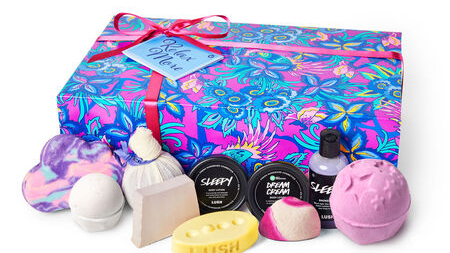
The product packaging of Lush Cosmetics is colorful, quirky, and eco-friendly. It uses recycled paper, cardboard, or biodegradable materials to wrap or contain the products, such as bath bombs, soap bars, shampoo bars, etc. The packaging has a handwritten or printed label with the name, ingredients, and expiry date of the product, as well as a sticker with the name on the lid. The product packaging reflects the brand values and mission of Lush, as well as the quality and freshness of the product.
- Nike Shoes: The product packaging of Nike Shoes is innovative, functional, and attractive. It uses a reusable plastic bag that can be inflated or deflated to fit the shoes inside. The bag has a handle for easy carrying and a zipper for easy opening and closing. The bag also has a logo and name of the product on the front, and some information on the back. The product packaging reflects the brand image and reputation of Nike, as well as the convenience and protection of the product.
Conclusion
Product packaging is more than just a container or wrapper for the product. It is a powerful marketing tool that can influence consumers’ perceptions, preferences, and purchase decisions. It can also create a memorable and shareable unboxing experience for the consumers, and enhance their satisfaction and loyalty.
Therefore, creating effective product packaging is essential for any online retailer who wants to stand out from the competition and grow their business. By following the tips and examples we have shared in this guide, you can create product packaging that attracts attention, creates interest, arouses desire, and stimulates action among your target audience.
FAQ
Here are some frequently asked questions about product packaging:
What is product packaging design?
Product packaging design is the process of creating the visual appearance of the product packaging, including its shape, color, graphics, text, etc. It involves considering the function, purpose, and message of the product packaging, as well as the preferences, expectations, and emotions of the target audience.
How to make product packaging?
To make a product packaging, you need to follow these steps:
Research your target audience, competitors, brand, and product.
Choose the type and level of product packaging that suits your product.
Design the visual appearance of your product packaging using design elements, such as shapes, colors, graphics, text, etc.
Test your product packaging with your target audience and get feedback.
Produce your product packaging using suitable materials and methods.
How to measure the effectiveness of product packaging?
To measure the effectiveness of product packaging, you can use various methods, such as:
Surveys: You can ask your customers or potential customers to rate your product packaging on various aspects, such as attractiveness, clarity, quality, etc., and provide suggestions for improvement.
Focus groups: You can gather a group of people who represent your target audience and observe their reactions and opinions on your product packaging.
Sales data: You can track how your product packaging affects your sales volume, revenue, and profit.
Social media: You can monitor how your product packaging generates buzz, engagement, and shares on social media platforms.
We hope you have learned a lot from this guide on what is product packaging and why it is important. If you are looking for professional help with your product packaging design and printing service, look no further than Lampmediatouch. We are a team of experts who can create stunning and effective product packaging for your online business. Whether you need paper, cardboard, plastic, metal, glass, or wood packaging, we can deliver it with quality and speed. Contact us today to get a free quote and consultation!

